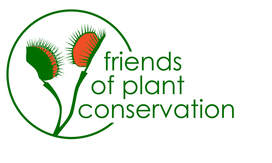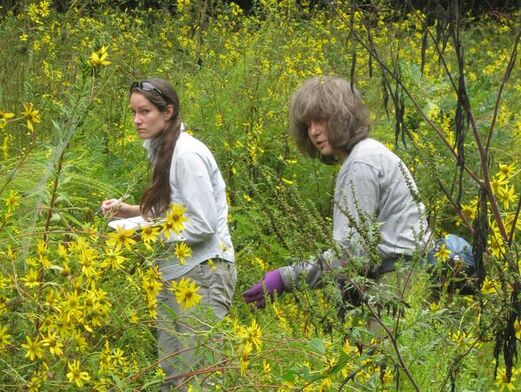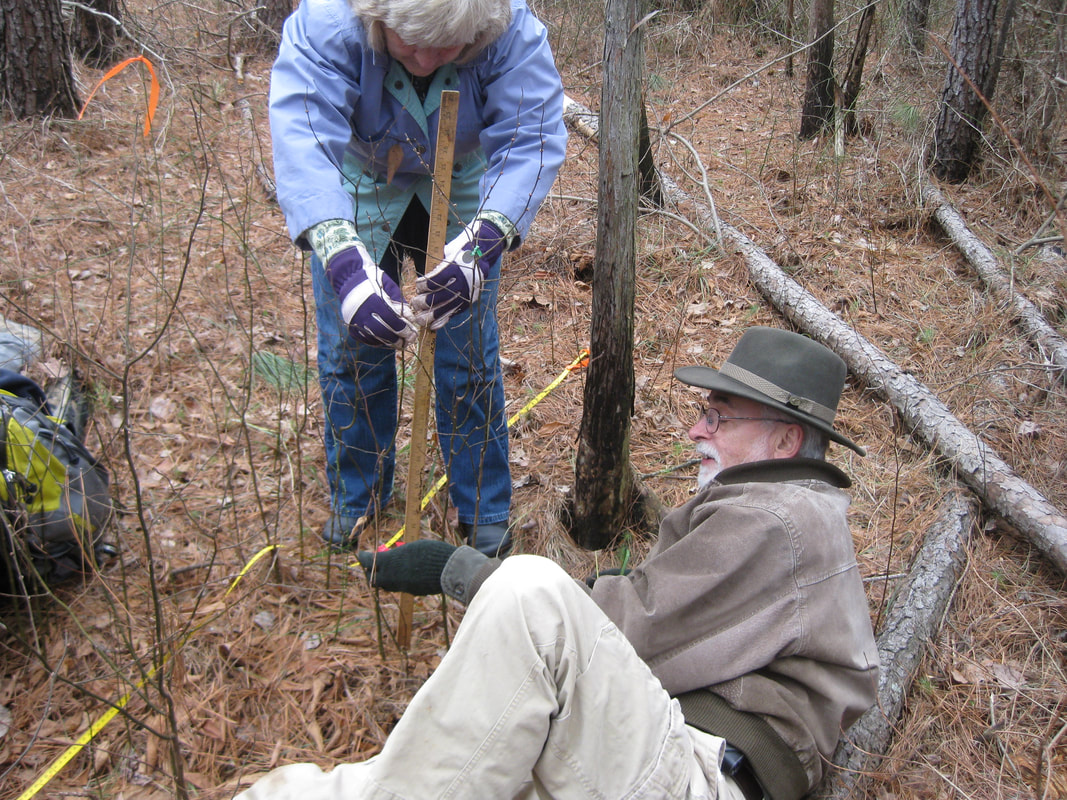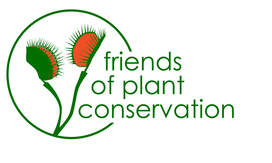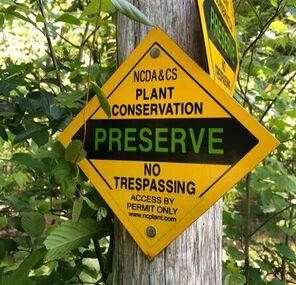
The state of North Carolina owns more than 14,000 acres of Conservation Preserves through the NC Plant Conservation Program (PCP). Through the efforts of PCP, approximately 10% of the federal and state listed imperiled plant species are protected in their natural habitats on the Plant Conservation Preserves.
North Carolina purchases these Plant Conservation Preserves because the land is home to one or more endangered or threatened plant species in their natural habitat. Management and stewardship efforts on the Preserves are directed at conserving the habitat and restoring populations to a healthy, sustainable condition.
Preserves do not have trails or other amenities, and there are no maps. Anyone wishing to visit one of the Preserves or who needs access for research purposes requires a permit that can be obtained through the NC Plant Conservation Program. Volunteer Work & Learn Days are scheduled throughout the year.
North Carolina purchases these Plant Conservation Preserves because the land is home to one or more endangered or threatened plant species in their natural habitat. Management and stewardship efforts on the Preserves are directed at conserving the habitat and restoring populations to a healthy, sustainable condition.
Preserves do not have trails or other amenities, and there are no maps. Anyone wishing to visit one of the Preserves or who needs access for research purposes requires a permit that can be obtained through the NC Plant Conservation Program. Volunteer Work & Learn Days are scheduled throughout the year.
Preserves differ from other state-owned lands:
Gamelands
Two million acres have been set aside in NC as gamelands for hunters, trappers, and fishermen.
|
State parksOver 150,000 acres are designated as state parks, because they are valued for their natural resources and recreational opportunities. To the extent that they do not damage the scenic or natural features, facilities for visitors and recreational participants are developed.
|
State natural areasOver 21,000 acres are used to focus on preserving and protecting areas of scientific, aesthetic, or ecological value. Facilities are limited to those needed for interpretation, protection, and minimum maintenance. Generally recreational and public-use facilities, such as camping, swimming, picnicking, and similar activities, are not provided.
|
State recreational areasMore than 12,000 acres are used primary for outdoor recreation, rather than preservation. More intensive development of facilities is provided than found in state parks. Protection and enjoyment of the natural resources are a priority; the sites contain scenic and attractive natural features. Development is planned and constructed to keep "reasonable amount" of each area undisturbed and free from improvements and structures.
|
